Kerouac kept his eyes glued to the bandstands of New York City jazz clubs night after night, taking inspiration from his idols (i.e. Dizzy Gillespie, Charlie Parker, Lester Young etc.) and basking in their unrestricted expression. Their improvised freedom motivated him to view his creative process as a piece of jazz music. He believed the best writing was spontaneous, mimicking, for example, the beautiful improvisation of a tenor saxophone over a jazz standard. Whatever came to mind would supposedly be his best thought.
The type of paper on which he wrote proved to be of equal importance. While he traveled around the North American continent, he would often write in small pocket notebooks. Their size and frequent page turns restricted his writing into verses that resembled stanzas of blues music. On the other hand, in writing On the Road, Kerouac wrote the entire novel on a single gigantic scroll of paper. This would give him all the expressive freedom he desires, being able to write for a significantly long time without needing to reset his paper.
The way I understand music, this concept of Kerouac’s spontaneous prose does not seem to me an applicable facet from jazz. In jazz tunes, there is a “chorus,” the form of the piece defined by the predetermined sequence of chords. As the soloist improvises based on the chordal information and their own emotional expression, the rest of the band repeats this chorus structure again and again and again behind them. To me, the small notebooks most accurately marry jazz with literary art. One could play/write over the same chorus/page over and over while continuing to produce a new melody/story each and every time.
It does not help change my mind that Kerouac may not, in reality, have engaged in much spontaneous prose. While Zooming with Jean-Christophe Cloutier, a leading scholar of Jack Kerouac, we saw in some photographs of Kerouac’s notebooks that there were many symbols and asterisks directing the reader (or himself) from page to page and even from notebook to notebook. This was a means of justifying his spontaneous prose when he was in truth revising on the fly. If this defining aspect of his writing style was not truly practiced, then is combining musical improvisation and writing possible at all?
No matter mine or anyone’s opinion on the subject, one must admit that Kerouac’s attempts at musical literature are fascinating and certainly caught readers’ attention. To this day, Kerouac continues to be heavily associated with music. As I walked into the Cafe Nero next to our school, I saw a poster advertising The Town and The City Festival in Lowell this month. Named after his first novel, the festival celebrates Kerouac and his writing. And what else? You guessed it! Music.




